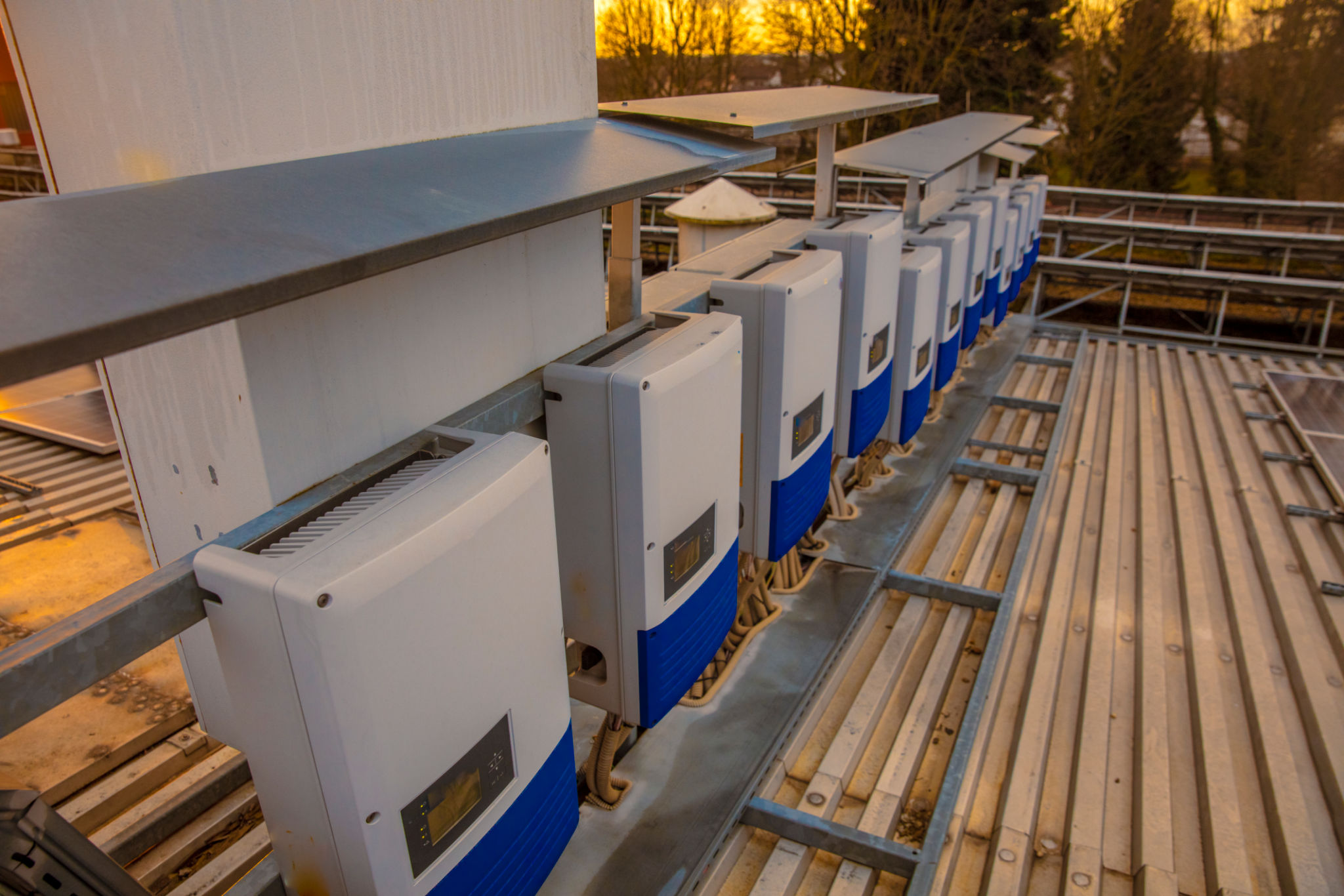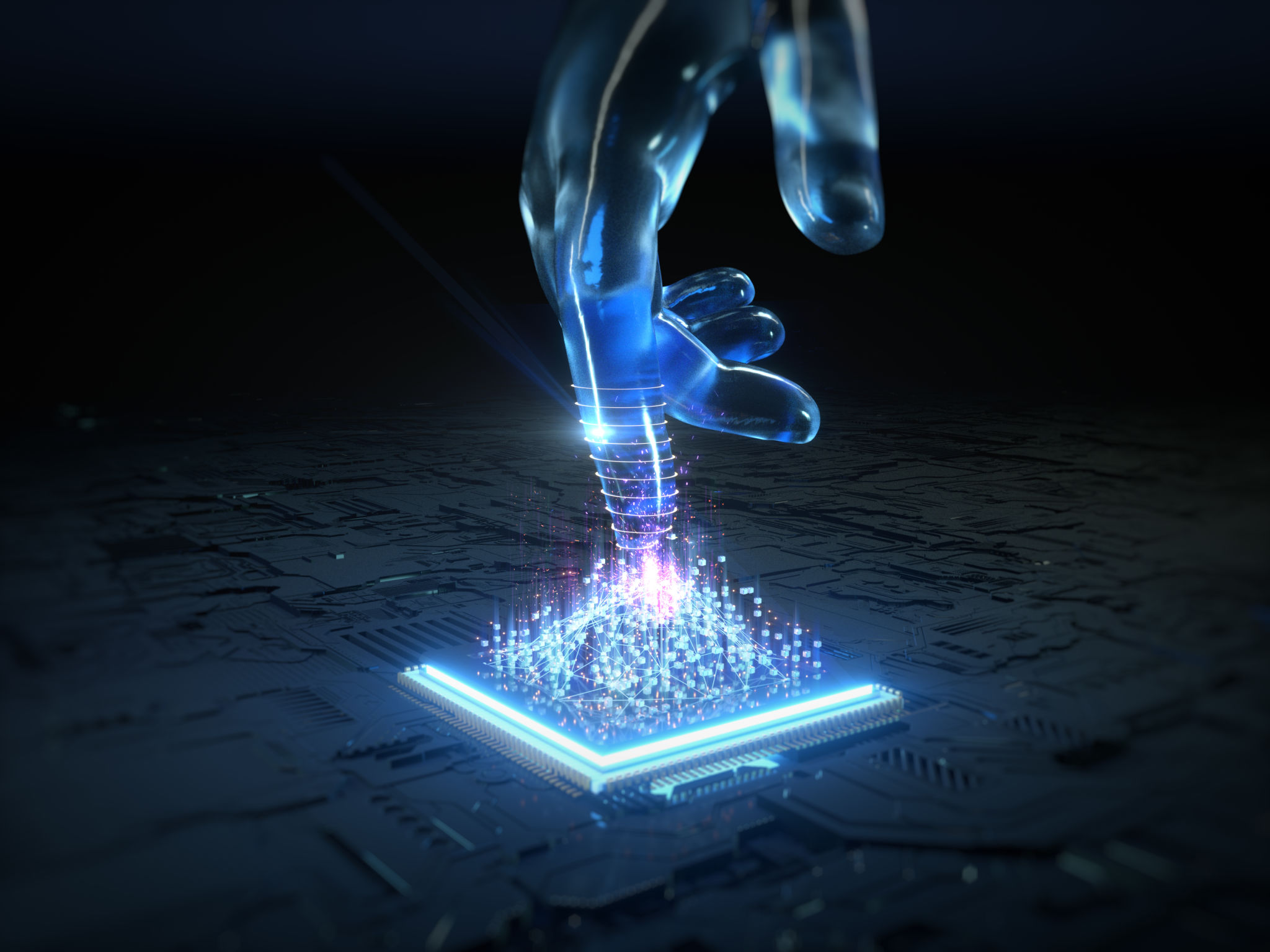Understanding Industrial Inverter Technology: Applications and Benefits
CH
Introduction to Industrial Inverter Technology
In today's fast-paced industrial landscape, the need for reliable and efficient power solutions is paramount. Industrial inverter technology plays a crucial role in ensuring consistent power supply, optimizing energy use, and supporting sustainable operations. This technology converts direct current (DC) into alternating current (AC), which is essential for a wide range of industrial applications.

Key Applications of Industrial Inverters
Industrial inverters are used in various sectors, from manufacturing to renewable energy. In manufacturing, they regulate motor speeds, improving energy efficiency and minimizing wear and tear on equipment. This is vital for machinery such as conveyor belts, pumps, and compressors.
In the renewable energy sector, inverters are the backbone of solar power systems. They convert the DC electricity generated by solar panels into AC electricity, making it compatible with the grid. This conversion is critical for both residential and large-scale solar farms, ensuring seamless integration into existing power infrastructures.
Benefits of Implementing Inverter Technology
The benefits of adopting industrial inverter technology are manifold. Firstly, it enhances energy efficiency by optimizing motor performance and reducing power wastage. This translates into significant cost savings over time, making operations more financially sustainable.

Another advantage is improved process control. Inverters allow for precise speed regulation of motors, which is essential for maintaining product quality and consistency in manufacturing processes. Furthermore, they contribute to a reduction in mechanical stress on equipment, extending the lifespan of machinery and reducing maintenance costs.
Sustainability and Environmental Impact
As industries strive towards greener operations, the role of inverters becomes increasingly significant. By improving energy efficiency, inverters reduce the overall carbon footprint of industrial operations. This aligns with global sustainability goals and regulatory requirements aimed at minimizing environmental impact.

Moreover, industrial inverters support the integration of renewable energy sources into the grid. This not only diversifies energy supply but also contributes to a more resilient and sustainable energy system, capable of meeting future demands.
Challenges and Considerations
Despite their benefits, implementing industrial inverters requires careful consideration. Factors such as initial investment costs, compatibility with existing systems, and the need for skilled personnel to manage and maintain these systems can pose challenges.
However, advancements in technology and growing awareness about energy management are driving down costs and making inverters more accessible. Additionally, the long-term savings and environmental benefits often outweigh the initial expenditures.
Future Trends in Inverter Technology
The future of industrial inverter technology is promising, with innovations focusing on enhancing efficiency, reducing size, and improving connectivity. Smart inverters with advanced monitoring capabilities are becoming more prevalent, allowing for real-time data analysis and predictive maintenance.

Furthermore, as the Internet of Things (IoT) continues to evolve, integrating inverters into connected ecosystems will enable more sophisticated energy management solutions. This will empower industries to optimize their energy use and reduce operational costs further.
